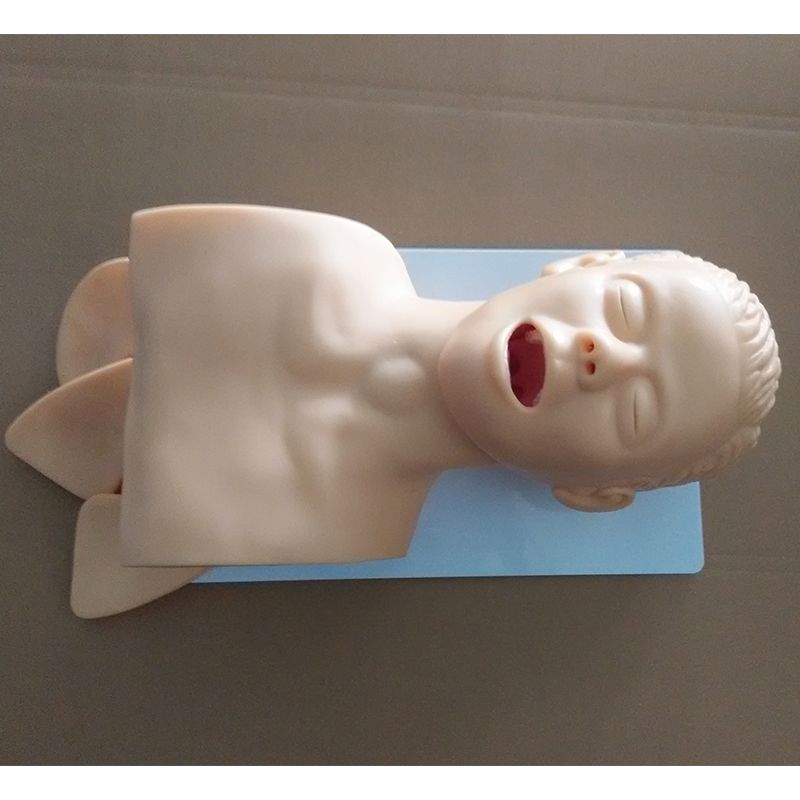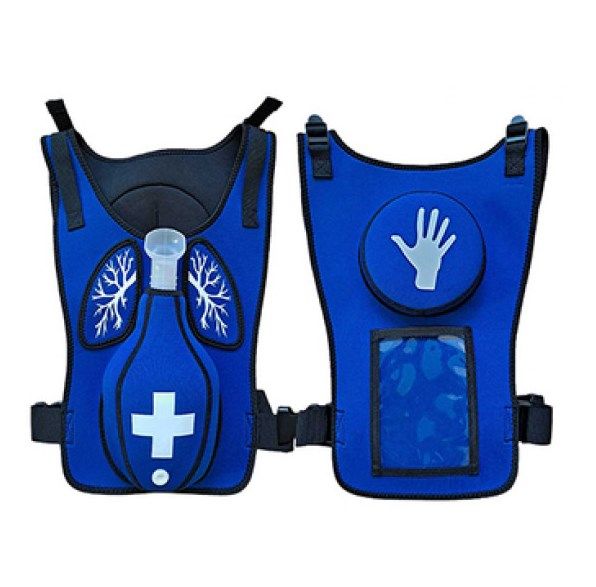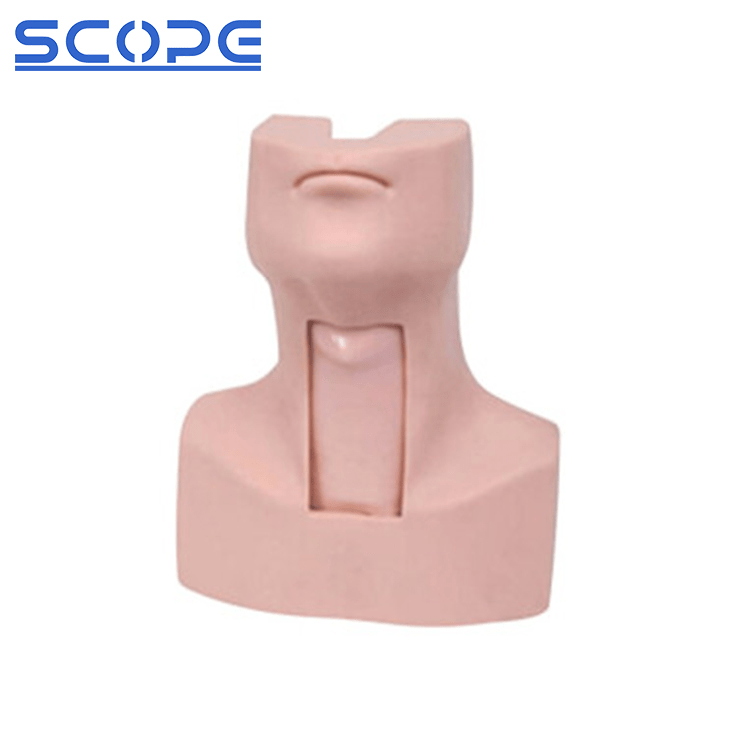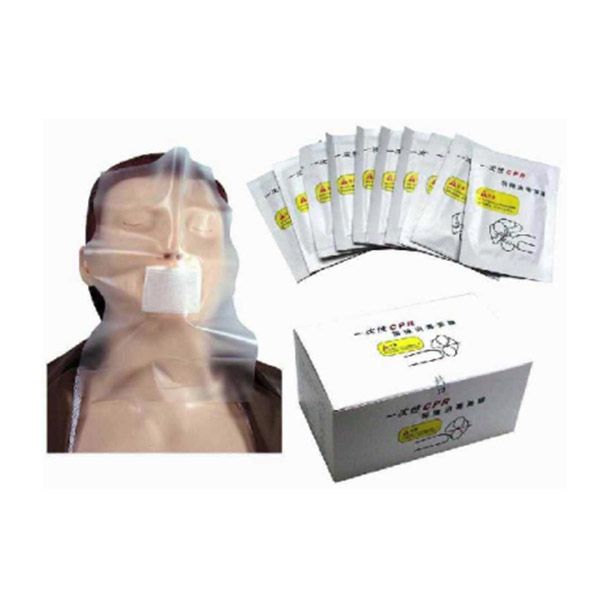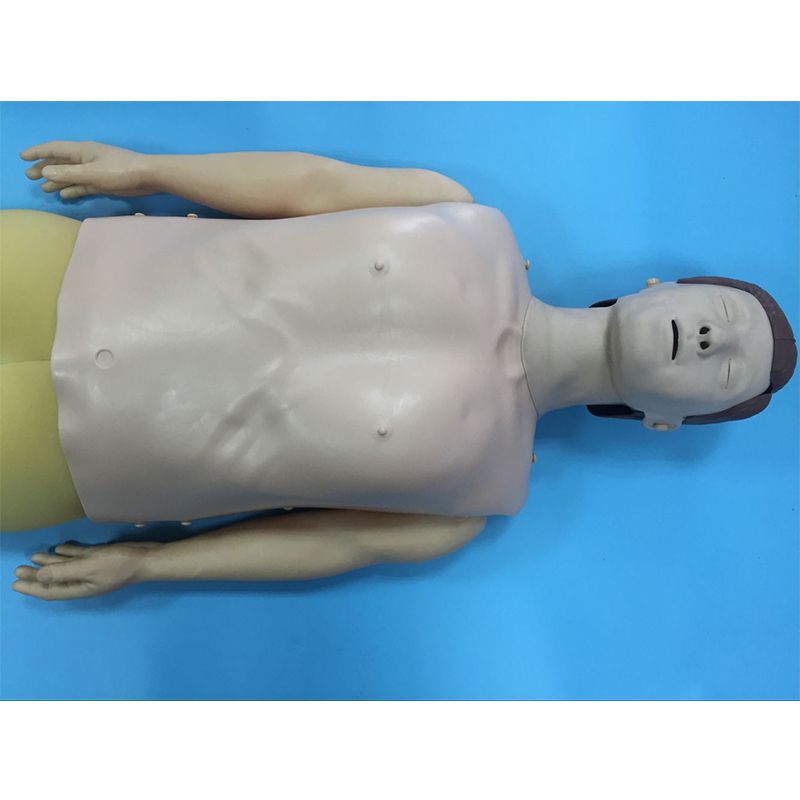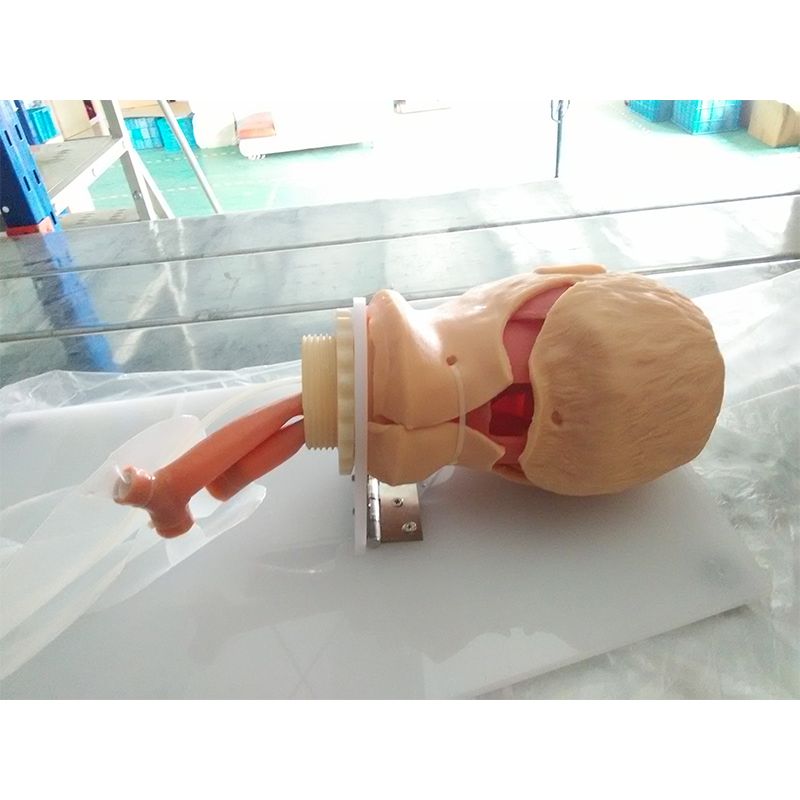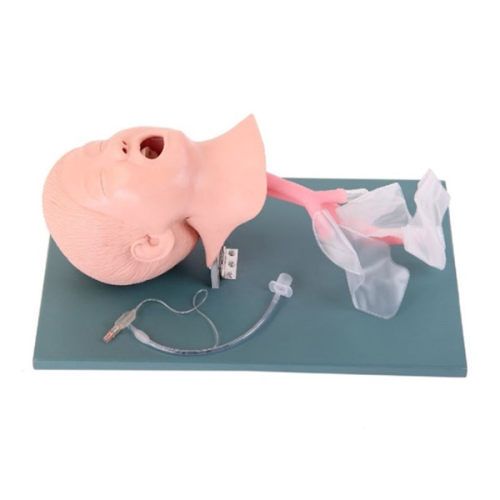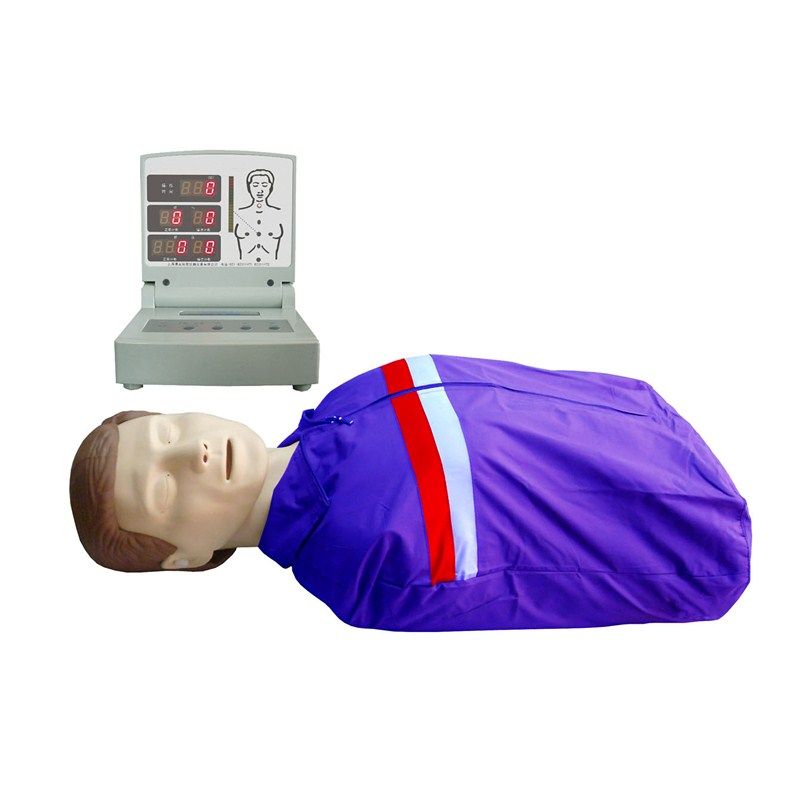Mastering CPR, a life-saving technique, is crucial for anyone who might face an emergency situation. CPR training models, also known as emergency training manikin, offer a powerful tool for mastering CPR with CPR training models. Manikin manufacturer Scopelab explores the diverse applications of CPR manikins, effective training strategies using these models, and common pitfalls to avoid. By understanding the when, how, and why of CPR simulators, you can gain the confidence and skills necessary to potentially save a life.

When Can CPR Training Models Be Used for Simulation Training?
CPR training models can be used for simulation training in a variety of settings, including but not limited to:
1. Medical Education and Training
- Medical School Students: CPR simulators are essential tools for medical school students to learn and practice CPR skills under the supervision of experienced instructors. This hands-on training allows students to develop the muscle memory and proper technique required for effective CPR administration.
- Nursing School Students: Nursing students also benefit from CPR manikins as they gain the necessary skills to provide CPR care in various clinical settings. These models help them practice chest compressions, rescue breathing, and other CPR techniques on a simulated patient.
- Medical Professionals: Ongoing CPR training is crucial for healthcare professionals to maintain their skills and stay updated on the latest CPR guidelines. CPR training models provide a safe and controlled environment for practicing and refining CPR techniques.
2. Hospitals and Clinics
- Continuing Education: Hospitals and clinics often incorporate CPR training models into their continuing education programs for medical staff. This ensures that healthcare providers remain proficient in CPR and can effectively respond to cardiac emergencies.
- Skill Maintenance: Regular practice using CPR manikins helps healthcare professionals maintain their CPR skills and muscle memory. This ongoing practice ensures they are prepared to perform CPR confidently and effectively in real-world situations.
3. First Aid Courses
- Public CPR Training: Organizations like the Red Cross and first aid training centers utilize CPR simulators to teach the general public CPR skills. These models allow participants to practice CPR techniques in a safe and realistic setting, empowering them to act in an emergency.
- Bystander CPR Training: CPR training models are particularly valuable for teaching bystander CPR, as they provide a simulated patient for practicing CPR without the emotional stress of a real-life emergency. This training can significantly increase the chances of survival for cardiac arrest victims.
4. Safety Education and Training
- Workplace Safety Training: CPR manikins are incorporated into safety training programs in various workplaces, such as mines, factories, and construction sites. This training equips employees with the skills to respond to medical emergencies that may arise on the job.
- Emergency Preparedness: CPR training models are also used in emergency preparedness training for organizations and communities. This training ensures that individuals are prepared to provide CPR in the event of a cardiac arrest, regardless of the setting.
5. Public Service Personnel Training
- Hospitality Industry: Employees in the hospitality industry, such as hotels, restaurants, and event venues, can benefit from CPR training using models. This training prepares them to handle medical emergencies that may occur among guests or staff.
- Transportation Industry: CPR simulators are essential for training personnel in the transportation sector, such as airline attendants, bus drivers, and train conductors. This training ensures they are equipped to provide CPR in case of passenger emergencies.
6. Research and Testing
- CPR Technique Evaluation: Researchers use CPR manikins to evaluate the effectiveness of different CPR techniques and compare the outcomes of various CPR protocols. This research helps improve CPR guidelines and practices.
- Medical Device Testing: CPR training models are also used to test the safety and efficacy of new medical devices related to CPR, such as mechanical chest compression devices or CPR feedback systems.
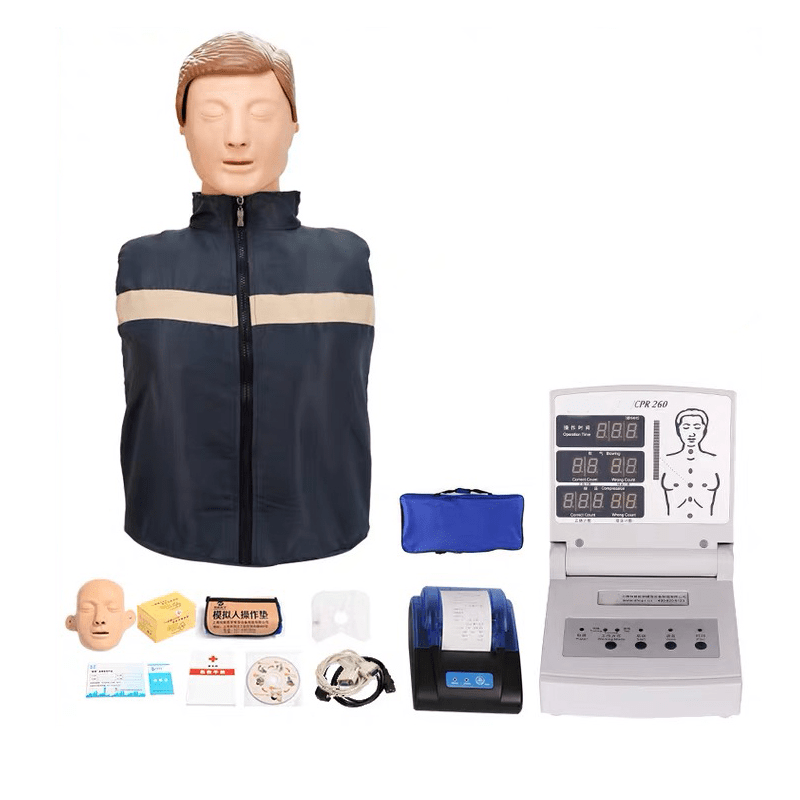
How to Use CPR Training Models for Effective Training?
CPR training models, also known as manikins, are vital tools for effective CPR education. Here’s how to get the most out of them:
Benefits of Using CPR Training Models
- Hands-on Practice: Models allow trainees to practice proper hand placement, chest compression depth, and rescue breathing techniques in a safe and controlled environment. This builds muscle memory and confidence for real-life emergencies.
- Realistic Simulation: Modern CPR models provide realistic feedback on compression depth and rate, mimicking the resistance felt during CPR on a human being. This feedback helps trainees adjust their technique for optimal effectiveness.
- Variety of Scenarios: Training models can be used to simulate different CPR scenarios, such as adult, child, and infant CPR, allowing trainees to practice responding to various emergencies.
Maximizing Training Effectiveness
- Combine with Instruction: CPR models are most effective when used in conjunction with clear instructions from a qualified CPR trainer. The trainer can guide trainees on proper technique and provide feedback on their performance.
- Scenario-Based Training: Incorporate various scenarios during practice sessions. This could involve simulating CPR on a model placed on a hard surface or uneven terrain, preparing trainees for real-world situations.
- Group Practice: Encourage group practice sessions. Participants can take turns practicing on the model while observing each other. This allows for peer feedback and identification of areas for improvement.
- Regular Practice: Regular CPR practice, even outside of formal training sessions, is crucial for retaining skills. Encourage trainees to practice on models at home or during refresher courses.
Choosing the Right Training Model
- Features: Consider the features you need, such as feedback mechanisms, the ability to simulate different age groups, and portability.
- Durability: Choose a model made from durable materials that can withstand repeated use in training sessions.
- Ease of Use: Opt for a model that is easy to clean and maintain, ensuring it remains hygienic for multiple trainees.
By incorporating CPR training models into your training program and following these strategies, you can ensure your participants gain the skills and confidence necessary to perform CPR effectively in an emergency situation.
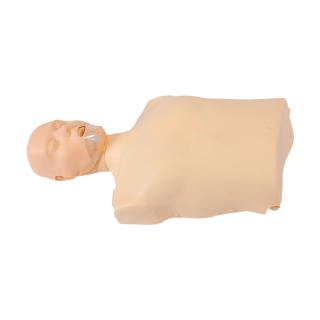
Common Mistakes and Consequences of Using CPR Models for Training
| Mistake | Consequence | Solution |
| Overreliance on Models | Trainees may not be adequately prepared for the physical and emotional demands of performing CPR on a real person. | Combine model practice with scenarios involving real people (actors or volunteers) to simulate the stress and physical exertion of a real emergency. |
| Incorrect Model Use | Trainees may learn improper techniques due to model limitations or misuse. | Ensure instructors are properly trained on model functionality and can guide trainees on correct hand placement and compression depth based on the specific model’s feedback mechanisms. |
| Neglecting Feedback Mechanisms | Trainees may not be aware of their mistakes regarding compression depth or rate. | Instructors should emphasize the importance of using the model’s feedback and actively guide trainees to adjust their technique based on the model’s response. |
| Limited Scenario Practice | Trainees may be unprepared for the various situations they might encounter in a real emergency. | Incorporate diverse scenarios during training, such as CPR on uneven surfaces, with choking victims, or using CPR on different age groups (adult, child, infant) with appropriate models. |
| Insufficient Practice | Skills learned during training can fade over time if not practiced regularly. | Encourage trainees to participate in refresher courses or practice CPR on models periodically even outside of formal training sessions. |
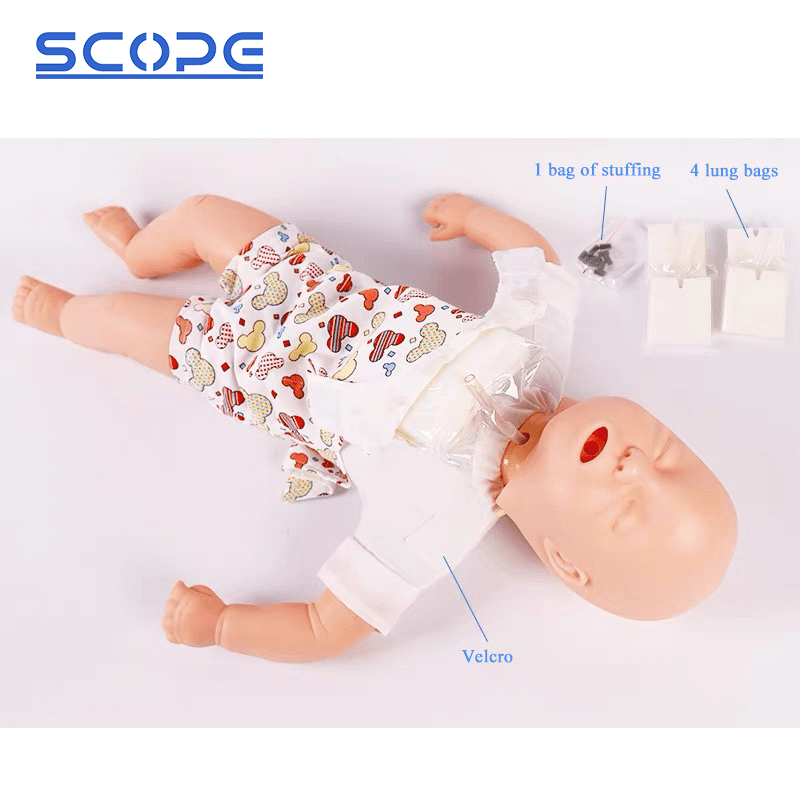
Conclusion
Mastering CPR equips you to be a hero in a moment of crisis. CPR manikins provide a safe, realistic, and accessible platform to develop the essential skills and muscle memory needed for effective CPR administration. By incorporating these models into training programs, utilizing best practices, and avoiding common mistakes, individuals and organizations can significantly enhance their CPR proficiency. With knowledge and practice, you can be the difference between life and death. So, take the initiative, explore the world of CPR training models, and master CPR with CPR training models. Scopelab will give high-quality CPR training models and other Scope instruments.
